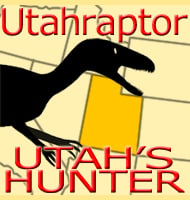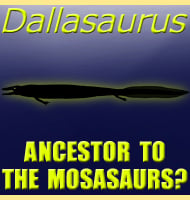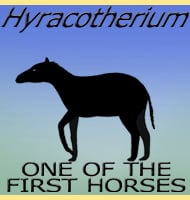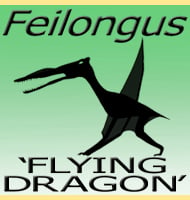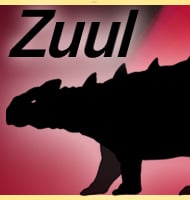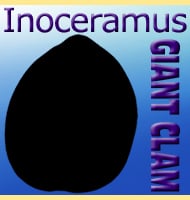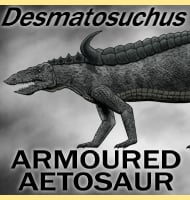In Depth
Living in the late Cretaceous, Gilchristosuchus was a crocodile that in evolutionary terms may have come close to modern crocodiles, yet may not have actually been one of them. The size of Gilchristosuchus is still unknown but the one partial skull known shows signs of fusing, indicating that it was an adult specimen. With the skull estimated at fifteen centimetres, Gilchristosuchus would have only have been a very small croc. Although so far only a single vertebra and partial skull have been assigned to Gilchristosuchus, some fossils assigned to the genera Brachychampsa and Leidyosuchus are believed to possibly belong to Gilchristosuchus.
The holotype specimen of Gilchristosuchus was discovered in the Milk River Formation of Alberta, Canada. With this in mind, Gilchristosuchus would have likely shared its habitat with dinosaurs such as early pachycephalosaurs like Acrotholus, as well as small predatory dinosaurs like Saurornitholestes and Richardoestesia, which may have actually been a threat to little crocs like Gilchristosuchus.
Further Reading
- A new crocodylomorph of “mesosuchian” grade from the Upper Cretaceous upper Milk River Formation, southern Alberta, X. C. Wu & D. B. Brinkman - 1993.

